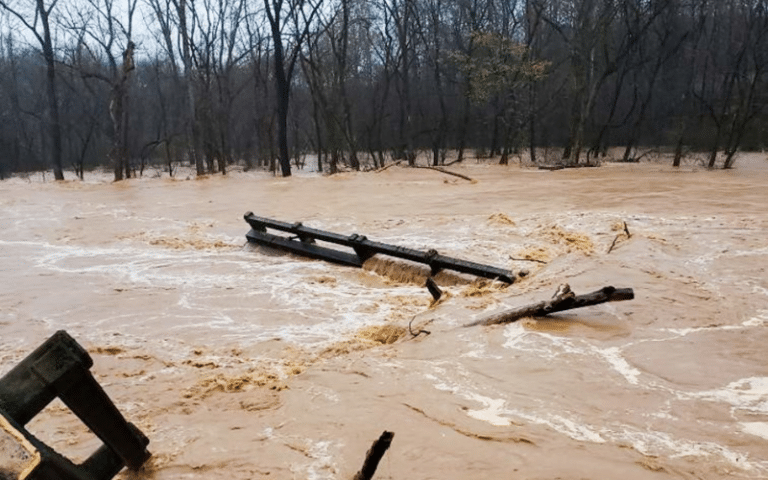FEMA Introduces Alternative Cost-Effectiveness Methodology for FY2022 BRIC and FMA

On Oct. 7, FEMA announced a big change that will help underserved communities overcome the challenges of meeting the Benefit-Cost Analysis (BCA) requirement for accessing funding for two of their Hazard Mitigation Assistance (HMA) grant programs.
For the fiscal year 2022 Building Resilient Infrastructure and Communities (BRIC) and Flood Mitigation Assistance (FMA) grant program application cycle, the agency has introduced an alternative cost-effectiveness method that creates flexibility for when mitigation projects can be considered cost-effective under certain conditions. By providing the alternative methodology for the FY2022 funding cycle, FEMA anticipates that lowering the BCA barrier will make it easier for disadvantaged communities to secure hazard mitigation funding.
According to longstanding policy, a BCA generated at a 7% discount rate that yields a Benefit-Cost Ratio (BCR) of 1.0 or greater is considered cost-effective. However, under the alternative methodology, for a BCA generated at a 7% discount rate with a BCR less than 1.0, FEMA can consider the project cost-effective if all three of the following conditions are met:
- The BCA generated at the 7% discount rate is equal to or greater than a BCR of 0.75;
- The BCA generated at the 3% discount rate must be equal to or greater than a BCR of 1.0; and
- If the mitigation activity benefits disadvantaged communities, addresses climate change impacts, has hard to quantify benefits, and/or is subject to higher costs due to the use of low carbon building materials or compliance with the Federal Flood Risk Management Standard. See the memo linked above for more information about how FEMA has defined the criteria in this bullet.
This change to the BCA methodology, particularly the lowering of the discount rate, has been a long-time priority for ASFPM and we celebrate the good news. Stay tuned for the November issue of The Insider when we provide a complete breakdown about what it all means for floodplain managers and the communities we serve.


